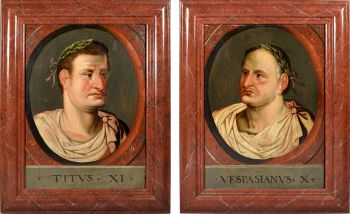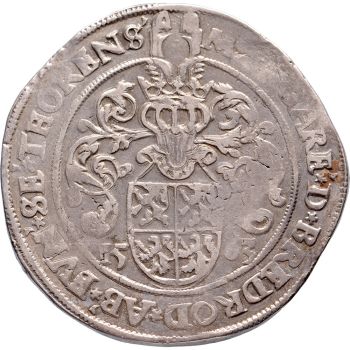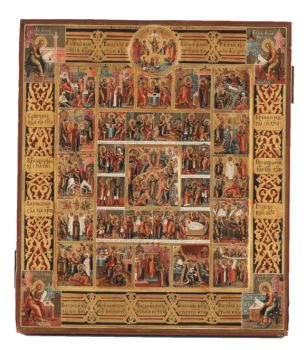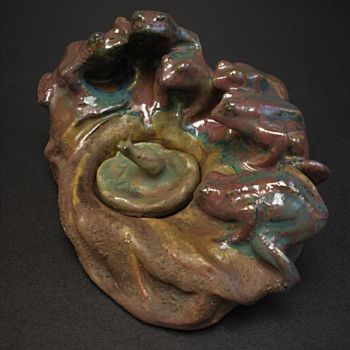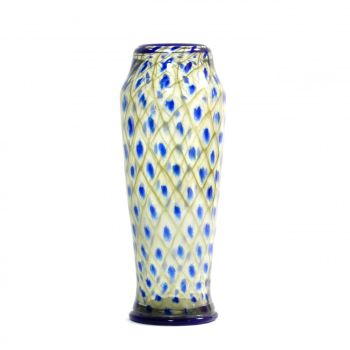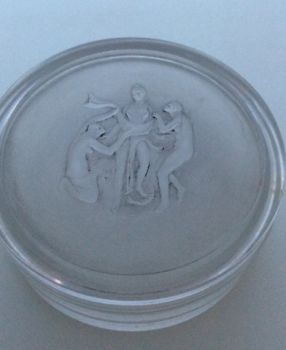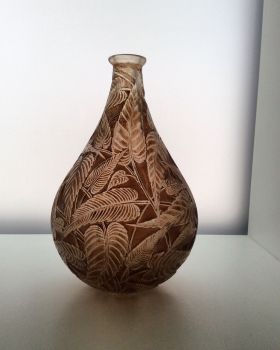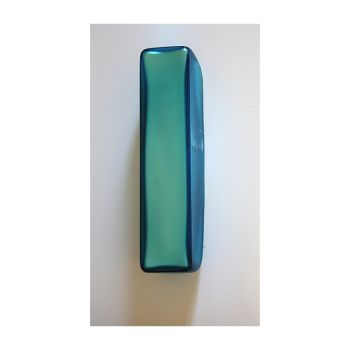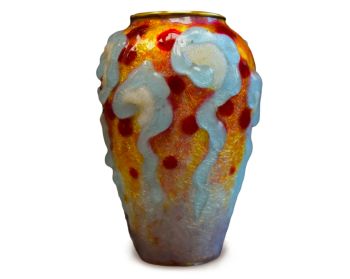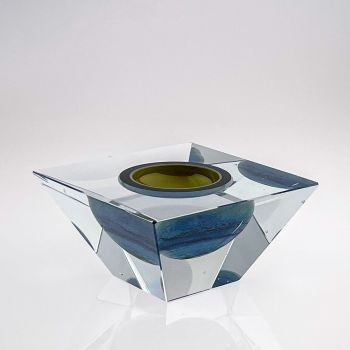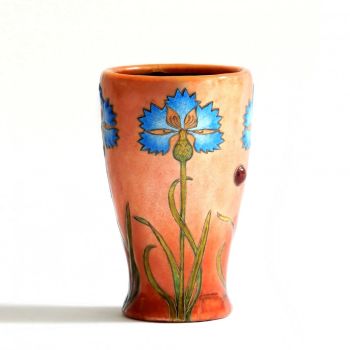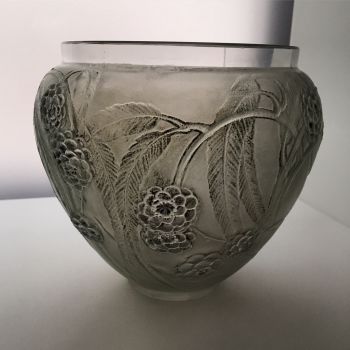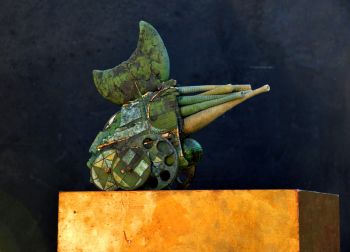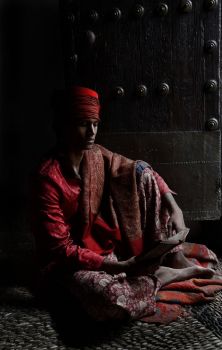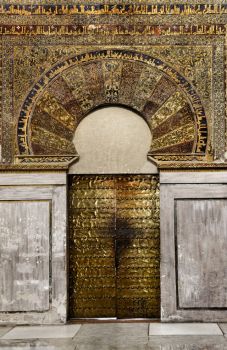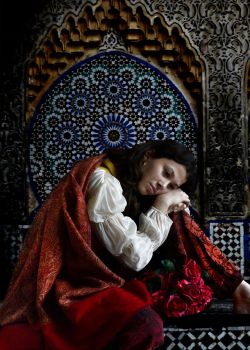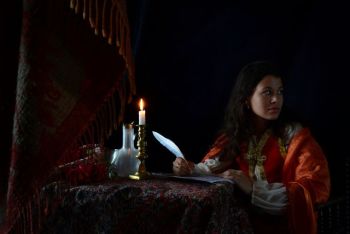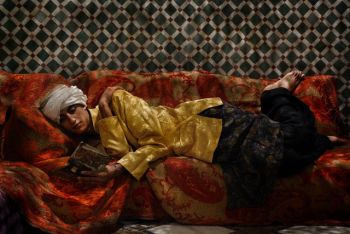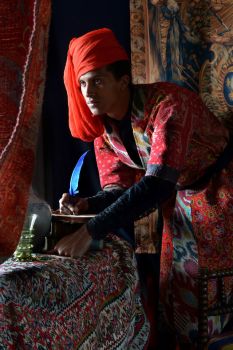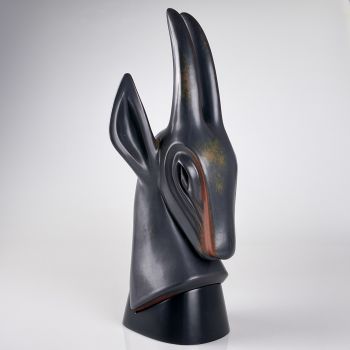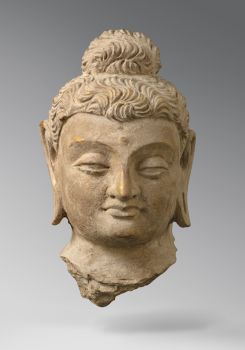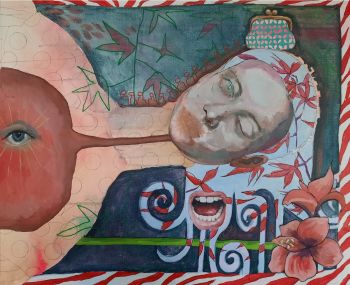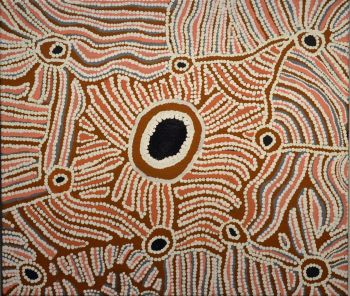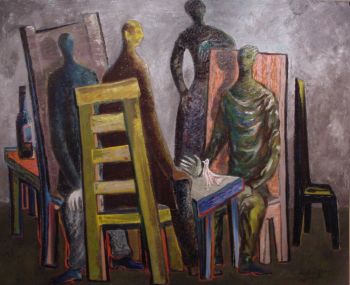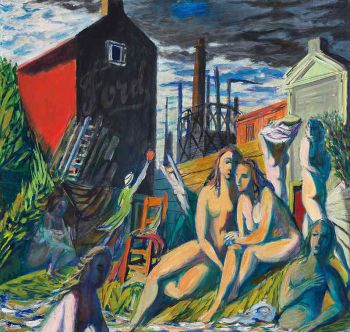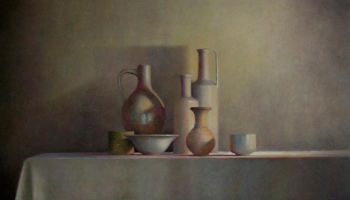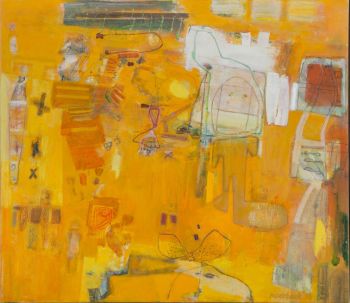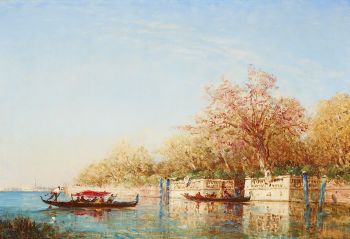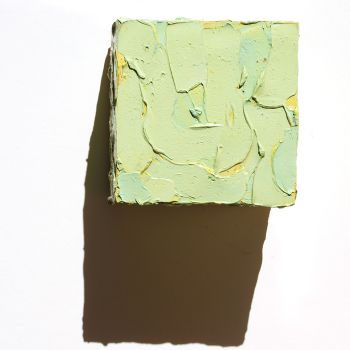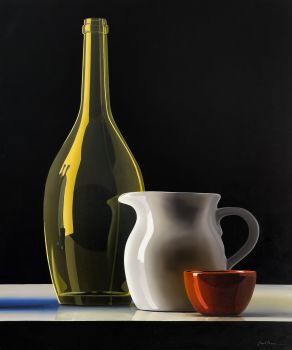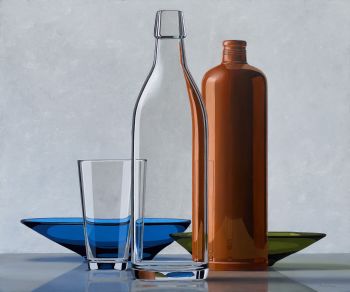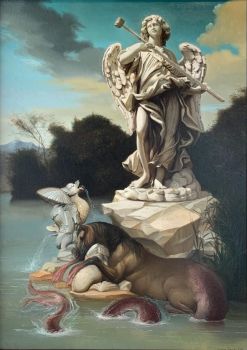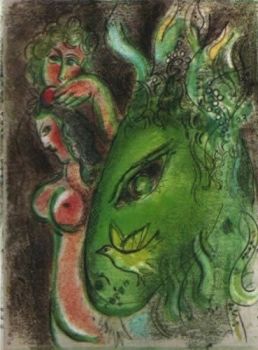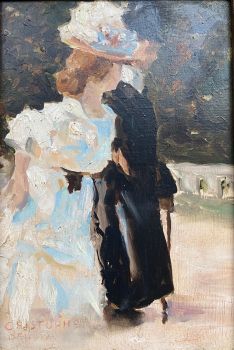Double-gourd Dutch Delft oriental vase, 17th century 1660 - 1680
Artista Desconhecido
EsmalteCerâmicaLouça de barroPintar
37 cm
ConditionVery good
€ 4.900
Verkoulen Oriental & European Antiques
- Sobre arteA rare and historically important Delft earthenware double-gourd-shaped vase with Japanese influenced decoration, around 1660-1680, Delft, Holland.
Blue and white
Dimensions: 37,2 cm height.
This rare and historically important Delft earthenware vase has a so called ‘double-gourd’ shape, also known as a ‘húlu (葫芦/葫蘆)’ or ‘bottle gourd (calabash)’. The shape has its origin in ancient Chinese culture. Nevertheless, this vase is copied (or inspired) by the Delft potters quickly after the first lager import arrivals of Japanese (Arita) porcelain in The Netherlands. We can see this type of decoration on the pottery from 1660 on until 1680. All of these Japanese style Delft objects are painted in a soft blue glaze just like the underglaze Arita porcelain examples. They also match closely to the original Japanese decorations. Typical for this Japanese style decorations are the simply painted oriental figures with big round heads, the featherlike pine trees, palmtrees and the symmetrical thick ‘pillars’ that divide the vase in different panels. These elements can also been seen on the vase described. This vase has three different panels divided by dotted cruciform ‘pillars’ against a bleu ground. The 'shoulder part' of the vase has these 'pillars' filled with stiff leaf motifs, that also divide the shoulder in three different panels. The neck has beautiful leaf motifs as well.
Condition: Very good, with two small professional restorations (one vertical to the neck/neck rim and one of two-centimeter glaze loss of the belly.)
Provenance:
-The Dr. Günter Grethe Collection (Dr. Günter Grethe (1919-2005) was a retired notary public from Hamburg, with an impressive collection representing fifty years of connoisseurship and over 150 quality Dutch Delftware objects from the 17th and early 18th century).
-R.D. Aaronson, 2004.
Reference:
This exact vase is published with a description and image in" “D. and R. Aaronson, ‘Dutch Delftware The Dr. Günter Grethe Collection’, 2004, page 11”.
Comparable examples:
-A Delft ovoid jar with the similar decoration appears on a painting by Cornelis de Man (1621-1706), who lived in the Delft city himself.
-A Delft ovoid jar with the similar decoration is illustrated by C.J.A. Jörg in: ‘Oosters porselein, Delft aardewerk - Wisselwerkingen, 1983’, page 128-129.
-A Delft ovoid jar with the similar decoration is in the possession of The Art Institute of Chicago Museum (Reference Number 1944.289). - Sobre artista
Pode acontecer que um artista ou criador seja desconhecido.
Algumas obras não devem ser determinadas por quem são feitas ou são feitas por (um grupo de) artesãos. Exemplos são estátuas dos tempos antigos, móveis, espelhos ou assinaturas que não são claras ou legíveis, mas também algumas obras não são assinadas.
Além disso, você pode encontrar a seguinte descrição:
•"Atribuído a …." Na opinião deles, provavelmente uma obra do artista, pelo menos em parte
• “Estúdio de…” ou “Oficina de” Em sua opinião um trabalho executado no estúdio ou oficina do artista, possivelmente sob sua supervisão
• "Círculo de ..." Na opinião deles, uma obra da época do artista mostrando sua influência, intimamente associada ao artista, mas não necessariamente seu aluno
•“Estilo de…” ou “Seguidor de…” Na opinião deles, um trabalho executado no estilo do artista, mas não necessariamente por um aluno; pode ser contemporâneo ou quase contemporâneo
• "Maneira de ..." Na opinião deles, uma obra no estilo do artista, mas de data posterior
•"Depois …." Na opinião deles uma cópia (de qualquer data) de uma obra do artista
• “Assinado…”, “Datado…” ou “Inscrito” Na opinião deles, a obra foi assinada/datada/inscrita pelo artista. A adição de um ponto de interrogação indica um elemento de dúvida
• "Com assinatura ….”, “Com data ….”, “Com inscrição ….” ou “Tem assinatura/data/inscrição” na opinião deles a assinatura/data/inscrição foi adicionada por outra pessoa que não o artista
Você está interessado em comprar esta obra de arte?
Artwork details
Related artworks
Artista Desconhecido
UITGEBREIDE FEESTDAGENIKOON MET PASSIECYCLUS19th century
Preço em pedidoHeutink Ikonen
1 - 4 / 12- 1 - 4 / 24
- 1 - 4 / 24
- 1 - 4 / 24
- 1 - 4 / 5

















